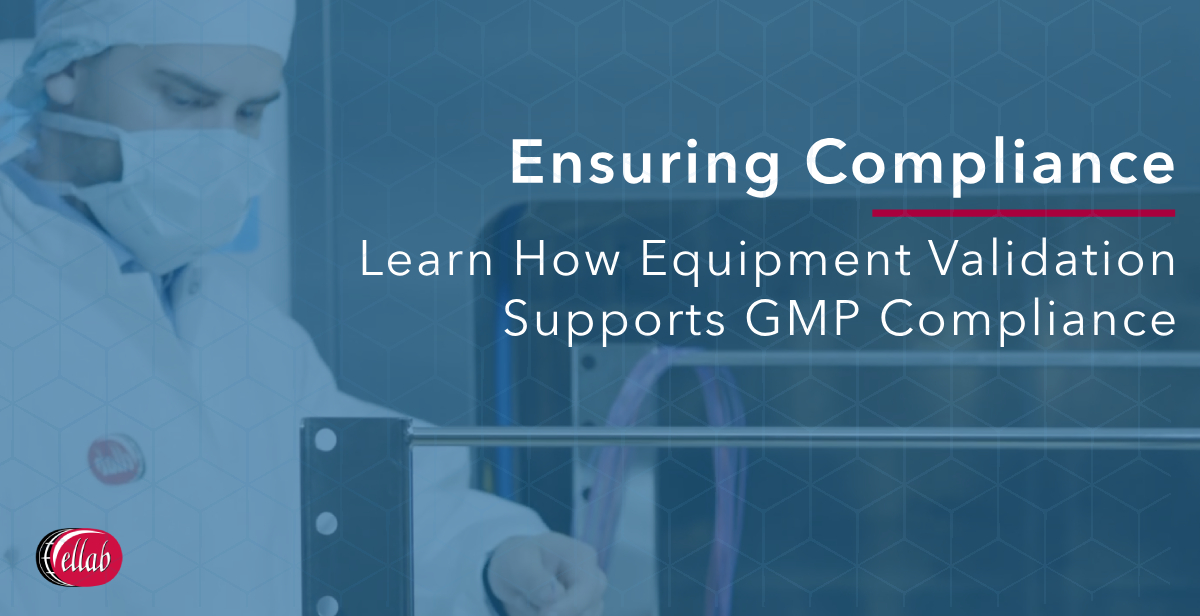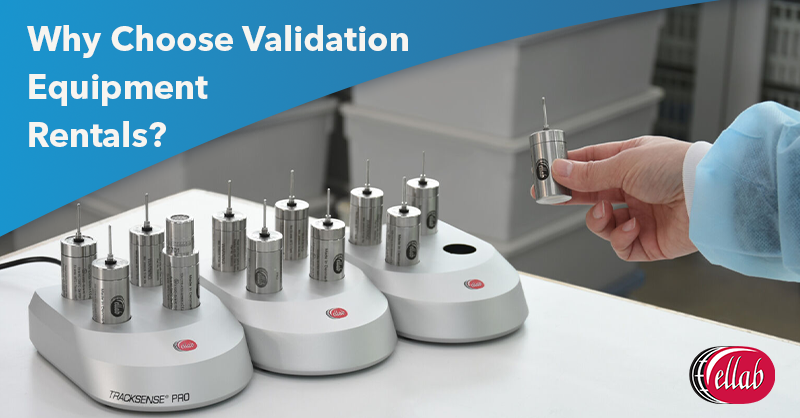Equipment validation is the documented, systematic process of demonstrating that equipment, system, or process operates according to predetermined specifications.
The validation process is important because it promotes safety, helps maintain regulatory compliance, and ensures consistency in product quality, reducing risks and improving processes.
The Phases of The Validation Process
The validation process includes three main phases:
- Pre-validation: it defines whether the equipment can run within the predetermined specifications. The pre-validation phase has two validation stages, the Design Qualification (DQ), and the Installation Qualification (IQ).
- Process validation: during this phase repeated trials will be performed, mimicking the required processes of the equipment, to confirm that it complies consistently with the decided conditions. In this phase are the Operational Qualification (OQ) and Performance Qualification (PQ) stages.
- Validation maintenance: this stage is also known as post-validation or revalidation. If any of the earlier phases don’t have the desired results, some changes must be implemented to address why we’re not getting the outcomes we’re looking for.
There are three key stages during a validation process that follow the lifecycle approach method, ensuring consistent product quality and regulatory compliance:
- Process design: during this stage, the goal is to understand the process and define the parameters to adhere to.
- Process qualification: this process involves rigorous testing, to confirm that the process operates within the parameters.
- Continued process verification: this part of the lifecycle approach ensures ongoing monitoring and control of the process during production. It enables the detection and correction of any possible variations.
This lifecycle approach enhances the robustness and reliability of manufacturing processes and aligns with regulatory expectations, facilitating smoother inspections and audits.
Stay Compliant During Equipment Validation Processes
Every equipment validation process should meet regulatory compliance requirements. Ensuring your practices abide by life sciences industry regulatory guidelines makes your equipment validation process safer, minimizing risk of product loss and enhancing products’ quality, and assures successful and stress-free audits.
Following guidelines like the FDA ‘General Principles and Practices’, or the EMA guidelines on equipment validation, will ensure your equipment validation meets regulatory standards while minimizing compliance risks.





